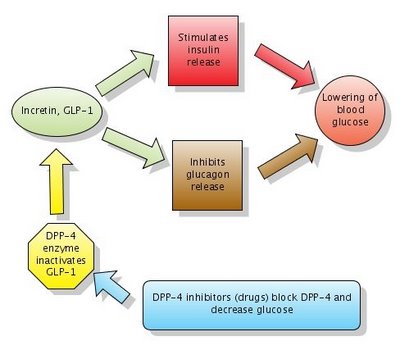Mayo Clinic video: Looking to start the new year off healthy? Dr. Larry Bergstrom, an integrative medicine specialist at Mayo Clinic in Arizona, explains the 3 elements of good health:
1. exercise
2. nutrition
3. stress reduction.
Participation in sport is associated with a with a 20—40% reduction in all-cause mortality compared with non-participation. Exercise might also be considered as a fifth vital sign, according to the Lancet: http://goo.gl/gyxYf
Related reading:
Minimum amount of physical activity for reduced mortality and extended life expectancy: 15 minutes a day or 90 minutes a week. Lancet, 2011.
Forming a healthy habit is a marathon, not a sprint - start small, the 66th time's the charm. Chicago Tribune, 2011.






